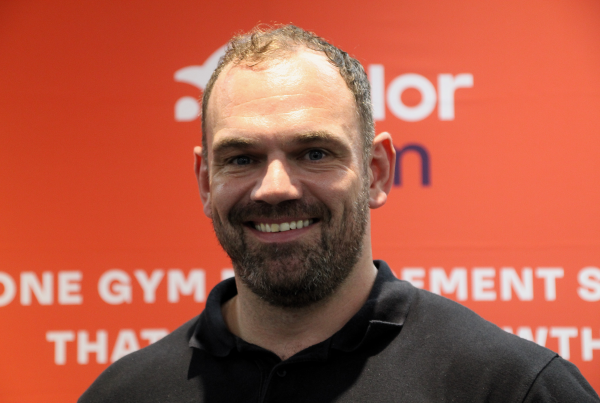By Rachel Lawson Project Manager – Research at ukactive
The benefits of regular physical activity on physical and mental wellbeing, and the economy (especially in relation to reduced health care costs and increased productivity) is well documented. Yet physical inactivity remains one of the greatest public health challenges.
Findings from Sport England’s most recent Active Lives Adult Survey reveal that the proportion of adults participating in 150 minutes or more of activity a week has changed very little in the past year. It also found that a quarter of adults (11.3 million) do less than thirty minutes of activity per week.
We know there is a wealth of physical activity projects and programmes being delivered across the UK, but to help reduce physical inactivity we need to better understand their effectiveness.
Historically, there has been limited evaluation of local physical activity interventions in England. And it is within this context that Public Health England (PHE) commissioned the ukactive Research Institute, in collaboration with the National Centre for Sport and Exercise Medicine (NCSEM) in Sheffield in 2014, to conduct an open call for case studies to identify and benchmark ‘what works’ for local physical activity interventions in England.
As part of this process we looked to identify ‘good’ and ‘promising’ practice among physical activity initiatives. A total of 952 survey responses were submitted, making it one of the largest surveys of physical activity programmes in England ever conducted. To rate these programmes the ukactive Research Institute adopted the Nesta Standards of Evidence as a benchmark for rating interventions based on factors such as evidence of positive impact, evaluation outcomes and scalability. The resultant report, ‘Identifying what works for local physical inactivity interventions’, provided tangible evidence of the strengths and weaknesses of the physical activity sector regarding the wealth of interventions and variable levels of monitoring and evaluation.
In 2016, a second review was conducted, analysing and rating more than 300 programmes. This resulted in a guidance document, ‘Moving at scale – Promising practice and practical guidance on evaluation of physical activity programmes in the UK’, created by the ukactive Research Institute in collaboration with the NCSEM, PHE, and Sport England, which was published as an evidence-based good practice examples resource on the UK government website.
At the 7th International Society for Physical Activity and Health Congress being held at the Queen Elizabeth II Centre in London, the findings from this report will be presented to an audience of academics, policy makers and physical activity specialists. Promisingly, the results show that there has been an improvement in the awareness and quality of evaluation since 2014. However, there is still some way to go before we reach our target. To truly show the impact of physical activity interventions, a stronger academia-practitioner interface is needed. This is reflected in Sport England’s adoption of the Nesta Standards of Evidence in its Evaluation Framework, which shows the shift towards an academic, rigorous stance to evaluation.
Rigorous standards will give commissioners, investors, deliverers and stakeholders confidence in the positive changes being reported, and that the impact described can be replicated at scale. And by continuing to develop the evidence base, publicise and promote best practice, and sharing practical guidance, we can ensure effective community solutions to tackling inactivity are delivered across the UK.
If you need support or advice around measurement and evaluation in relation to your intervention, product, or service, then contact the ukactive Research Institute at research@ukactive.org.uk to find the most appropriate solution.

More People More Active More Often




